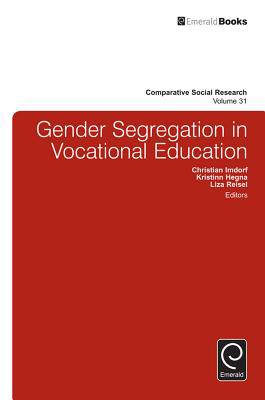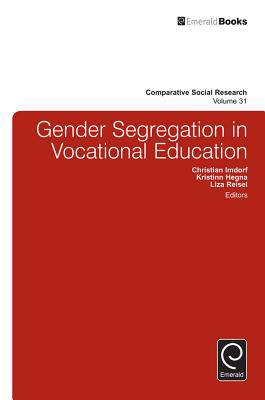
- Afhalen na 1 uur in een winkel met voorraad
- Gratis thuislevering in België vanaf € 30
- Ruim aanbod met 7 miljoen producten
- Afhalen na 1 uur in een winkel met voorraad
- Gratis thuislevering in België vanaf € 30
- Ruim aanbod met 7 miljoen producten
Zoeken
Gender Segregation in Vocational Education
€ 275,45
+ 550 punten
Omschrijving
The gender segregated nature of vocational education (VET) has received little attention in the stratification literature, despite the well-known consequences of VET for differences in labour market outcomes, such as job placement, income and access to full-time employment. This book investigates the institutional contexts of gender segregation in VET from a comparative perspective, through a number of cross-national comparisons as well as more in-depth studies of Canada, Norway, Germany, Australia and Bulgaria.The various chapters tackle questions about occupational expectations, gendered pathways to applied fields of study, educational transitions, feminization of occupations and the relationship between educational choice and opportunity structures. We discuss the relationship between institutional contexts and gender-typing of educational programs, and whether VET system characteristics make a difference to occupational outcomes across countries. The book concludes with a chapter on education-to-employment transitions (based on a large scale comparative project on labour market entry) assessing the impact of vocational education on gendered labour market inequalities.
Specificaties
Betrokkenen
- Uitgeverij:
Inhoud
- Aantal bladzijden:
- 320
- Taal:
- Engels
- Reeks:
- Reeksnummer:
- nr. 31
Eigenschappen
- Productcode (EAN):
- 9781785603471
- Verschijningsdatum:
- 20/11/2015
- Uitvoering:
- Hardcover
- Formaat:
- Genaaid
- Afmetingen:
- 157 mm x 231 mm
- Gewicht:
- 635 g

Alleen bij Standaard Boekhandel
+ 550 punten op je klantenkaart van Standaard Boekhandel
Beoordelingen
We publiceren alleen reviews die voldoen aan de voorwaarden voor reviews. Bekijk onze voorwaarden voor reviews.







